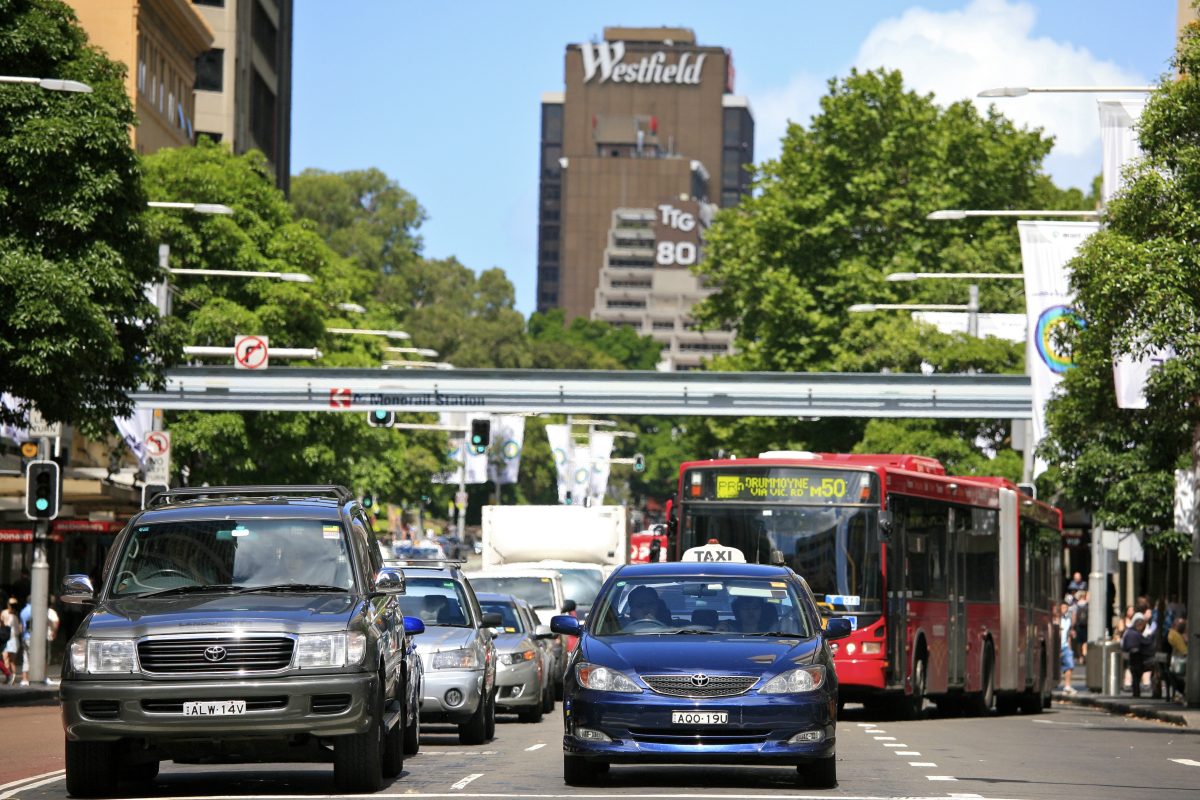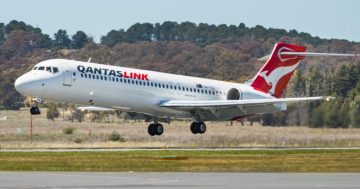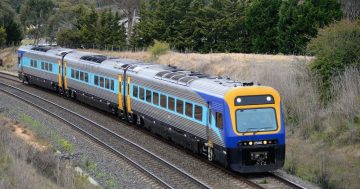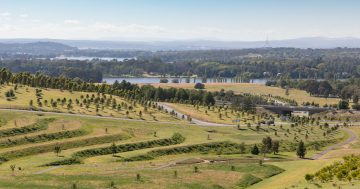
Gridlocked traffic is one of many reasons Sydney is now less appealing than Canberra. Photo: Wikimedia Commons.
“Oh, I’m so sorry,” Sydneysiders would joke when I told them I was from Canberra back in the 1990s.
If you lived in the glorious harbourside city at the time, the envy of the world, you could smugly thumb your nose at your cousins to the south in a cold, drab valley with little to do at night or on weekends.
But the rapid decline of Sydney after it hosted the Olympics and the coinciding growth and expansion of the capital means the boot now is firmly on the other foot. When it comes to getting the balance right between liveability and vibrancy, Canberra is now the best place in the nation to reside.
Few people believe that Australia’s most populous city circa 2025 is better than it was in 2000.
Their live music scene and nightlife have whittled away, though somehow, there seems to be more traffic and congestion. Accommodation is unaffordable, attractions are hard to get to, and parking spaces are non-existent.
The city magically combines the sterility of a small country town with the inconvenience of a big metropolis. Its supposed big drawcard – the beaches – are largely inaccessible to those who don’t live right next to them and are poorly serviced by public transport. That’s if the weather allows you to go at all, in a city that has the same number of rainy days per year as London.
It’s no surprise that Sydney has been losing 0.5 per cent of its population each year for the last 20 years, with young people the most likely to leave.
Canberra’s population has been growing at a faster rate than both Sydney and Melbourne for the past four years, according to analysis by accounting consultancy KPMG.
There’s a good reason for this. Gone are the days when there was nothing to do here in the long months between Summernats and Floriade.
There are now comedy shows, concerts, plays and sporting events every week. On a per head of population basis, the restaurant and café scene is perhaps the best in the country. Unlike in Sydney, you can still drive to your favourite eatery, pull up outside it and enter without having to navigate transport headaches.
Despite all the growth and development, we’ve preserved the greenery and nature parks that make outdoor activities appealing and accessible.
The capital is ranked second in the world in terms of quality of life, according to the Oxford Economics Global Cities Index 2024. Sydney doesn’t even make the top 10 in a measure that assesses indicators like life expectancy, income per person, equality, housing expenditure, cultural sites and Internet speed.
Canberra is now an infinitely better place to live than it was 30 years ago. If you look at the alternative capitals in Australia, they stack up well. Though not quite as bad, Melbourne has the same issues with traffic and housing as Sydney. Brisbane was also appealing in the 1990s, but rising temperatures and flood risks make it far less so. Smaller cities like Adelaide, Perth and Hobart offer a similar standard of living and laid-back lifestyles but lack the culture and high-paying employment opportunities.
There’s no doubt Canberra has its challenges. Planning is haphazard, the cost of living is too expensive and basic services are stretched. But let’s appreciate the fact that the joke is over – living in this city has gone from a punchline of ridicule to a source of pride.





















